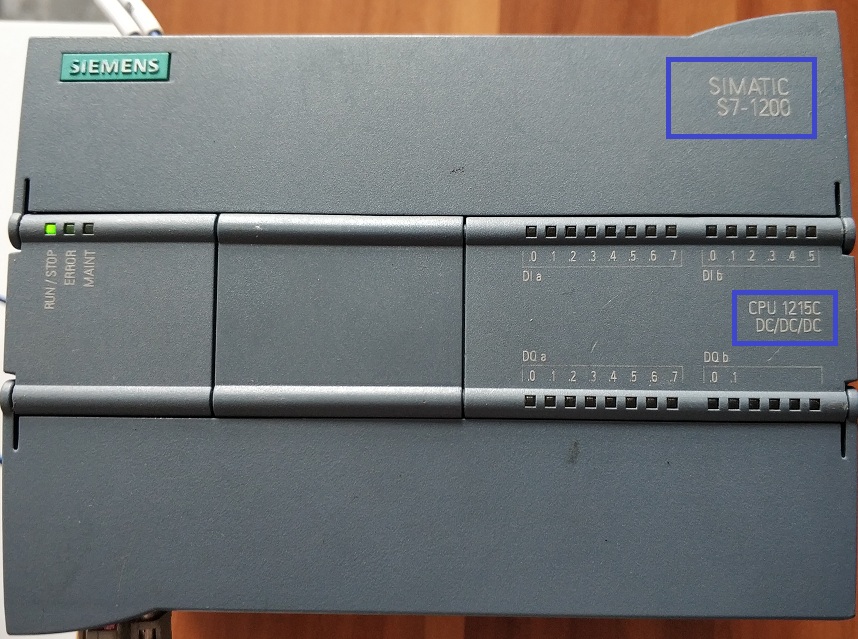


S7 1500 sımatıc manager download#
Save the project and download it to the device. Add a user (in this example I added a user with username: user and with password: 12345678).
S7 1500 sımatıc manager password#
Disable anonymous authentication and enable username and password authentication. Open the remaining drop down items under OPC UA > Server > Security and select User authentication. Adding users and setting up their passwords is straight forward, as well. Nevertheless, we will setup basic user authentication and disable anonymous authentication to have our system secured at least at a minimal basis. This is sufficient to activate basic OPC server functionality and to connect with clients to the S7-1500. Activate the checkbox (as seen in the picture above) and save the project. The OPC server is configured in the S7-1500 device properties under General > OPC UA. The tag tables were excluded from OPC-UA access on purpose because we decide on the server side which resources can be accessed. When reading the data from our client using OPC UA then we will access this data block. The corresponding values are stored in the data block. Additionally, I created a new data block and added a function to the main loop, which converts the temperatures from ☌ in ☏ and K, as well. a separate table for resistive temperature sensors, another one for TC temperature sensors, etc, this makes the project more readable). The two chosen inputs were added afterwards to the tag table and named accordingly (I usually add a new tag table for every new input group, e.g. Wiring up the sensors is explained in the analog module reference on page 19. I used the following two components (6ES7 511-1AK02-0AB0, 6ES7531-7KF00-0AB0) and two standard PT-1000 temperature sensors.

Setting up a TIA project, configuring the modules and activating the OPC UA Server in the Simatic S7-1500įirst of all, we start by setting up a new project and adding the S7-1500 and an analog input extension module.
S7 1500 sımatıc manager how to#
In this blog post I want to show how to set up a Siemens Simatic S7-1500 to communicate with an application written in Python using OPC UA and the library FreeOpcUa/python-opcua. Two major and common used protocols are OPC UA and MQTT, reference implementations in various programming languages (licensed under OSS) exist and can be used.

With the rise of Industry 4.0 and IIoT concepts new protocols were developed, which allow open communication between different devices, such as PLCs, PCs, embedded controllers, edge devices, etc. Nowadays, these field bus protocols make use of Ethernet technology and the TCP/IP stack but still remain proprietary - no reliable open source implementations exist. In the past it was hard to interface with industrial PLCs because the only possibility to connect was to make use of their proprietary field bus protocols.


 0 kommentar(er)
0 kommentar(er)
